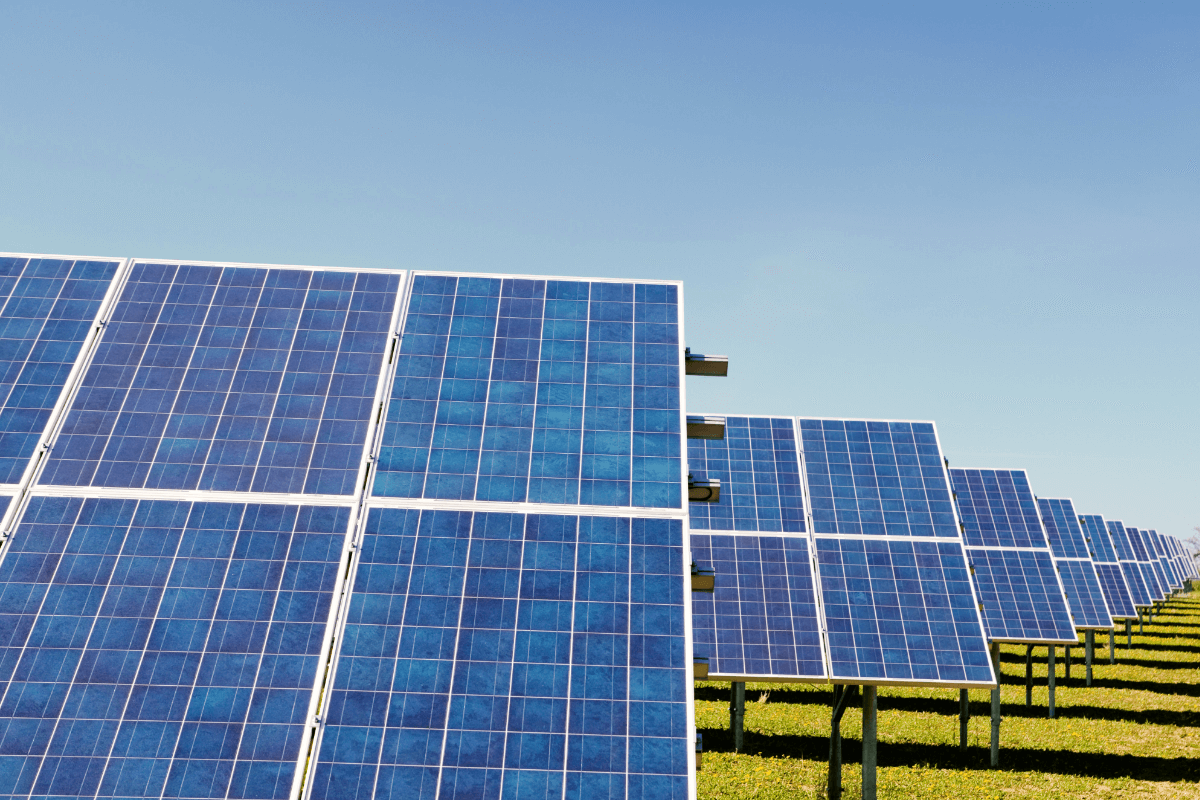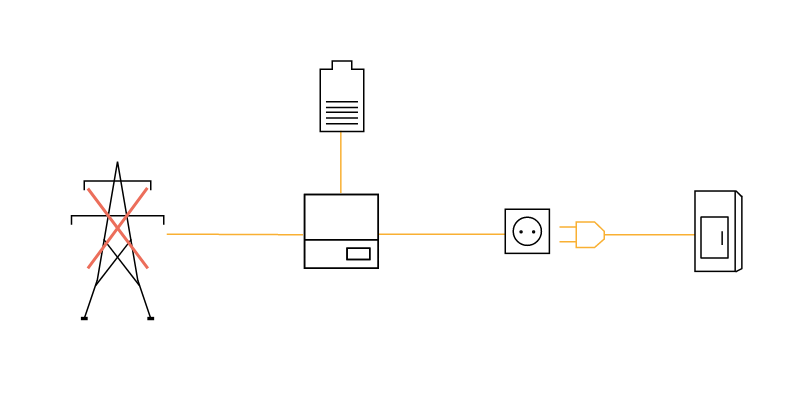Emergency Power
Some battery systems can provide energy during a power outage through emergency or backup power. If a storage system is capable of emergency power, it can deliver an uninterruptible power supply (UPS) through a separate connection.
When the grid fails, the emergency power system kicks in within milliseconds. However, there is no automatic switching of all consumer power circuits. The power available is usually limited and restricted to single-phase loads.
How does it work?
It is manually activated via a separate AC-side output or phase on the inverter. A 230 V socket is available on the storage system, to which you can typically connect a device. No additional complex components are required.
Advantages of emergency power operation:
- No additional installation effort / no switching device needed
- Short switching time
- Power supply is maintained as long as there is energy in the battery
Disadvantages of emergency power operation:
- Only individual consumers can be supplied
- No automatic switching
Depending on the manufacturer, the photovoltaic system can also recharge the battery storage during a grid outage. You can find out which batteries are capable of this and which systems support emergency power in our energy storage comparison.

